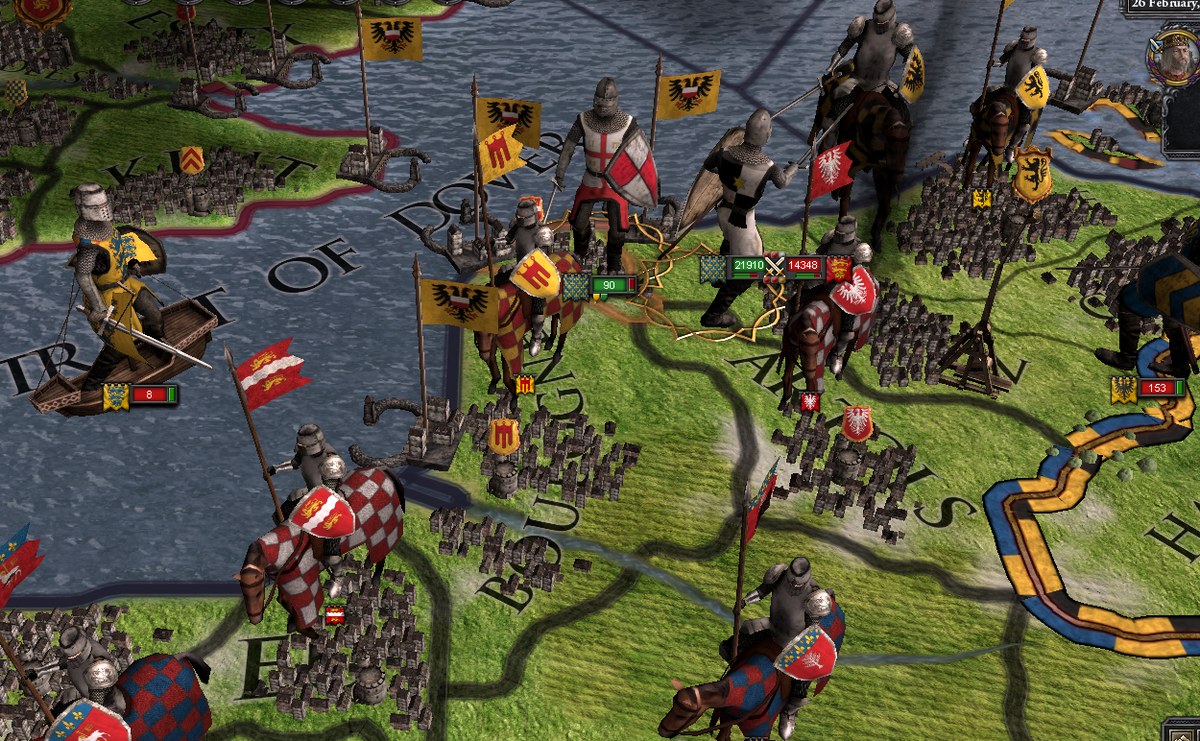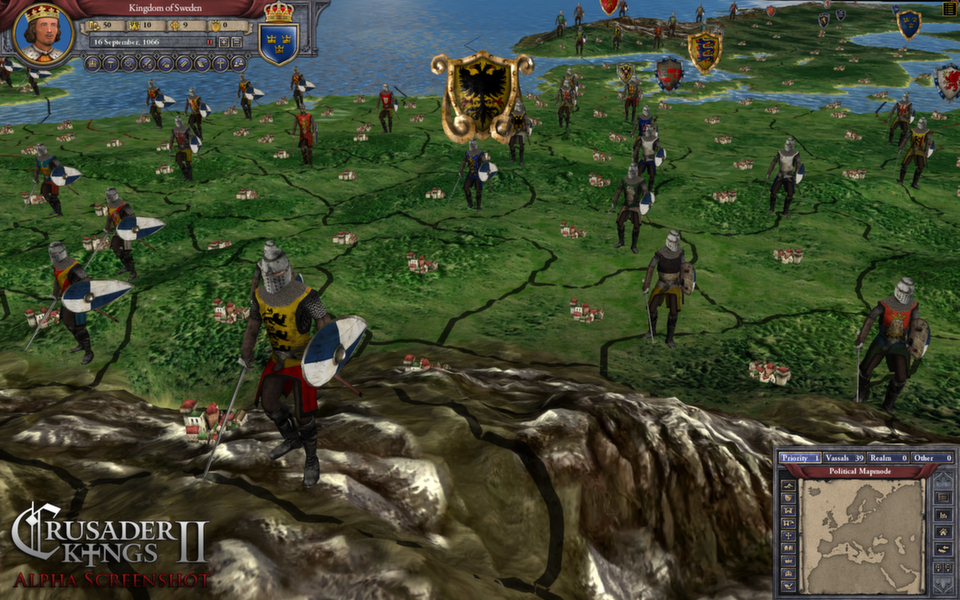

Above his head should be the Duke of Tolouse. In order to quickly get to his liege, click on his portrait to get taken to his character screen. That means we need to attack Duke instead of him directly. Note the X that says he has to be our liege or a vassal of our liege. Let's change that.Ĭlick the de jure claim button, and we're taken to a diplomacy screen with Count Peire-Bernat of Foix. Instead, he's reporting to the Duke of Tolouse. Our title as the Duke of Gascogne should mean that the Count of Foix is our vassal. Hover over the de jure claim button to see what counties our position as a duke entitles us to. In rare circumstances, that can be a good thing, but most of the time-and right now-it's a waste of time. That's not here, so essentially, you'd be replacing one count with another who likes you more. Or an easier way to tell: if pressing a weak or strong claim would gain you a new vassal, the “If we win the war:” part of the Declare War tooltip would include “Adelaide de Semur WILL become your vassal” with the “WILL” in bright green. Neither of these things are true-if they were, Adelaide would have the blood drop on her portrait, or Charolais would be an option in your Press De Jure Claim menu. That'll remove its current count and add Adelaide.īut note the fine print in the second paragraph of the declaration of war: if Adelaide is of your dynasty, or if Charolais is your de jure holding, then Adelaide will become your vassal. Here, you can see that you can press Adelaide de Sémur's weak claim on the county of Charolais. Click on the weak claim button and unless something dramatic has changed in your game, it will take you to a diplomacy screen with Duke Robert the Old of Burgundy. A de jure claim is based on a character's title allowing them to have lands, and can be pressed at any time and never taken away. A strong claim is more direct, and can be pressed at any time for the character in question. Weak claims are tied to specific circumstances and characters-for example, if a child controls the land that you has a weak claim on, then it can be “pressed” (pursued via war), but when the kids comes of age, the weak claim doesn't work. Claims come in three forms: weak, strong, and de jure. It's time to take a look at those “claims” that are available at the top of the screen. (More of this will be covered in the fifth section of this guide, “Long-Term Planning.”) “Pressing claims” is the most common way to engage in expansion. There are many ways to succeed in Crusader Kings II, but as with most strategy games, consistent expansion is usually a good thing. In this third section, I'm going to start and win a war-you should be able to do so as well if you play along.Īnd remember, here are the five sections of this guide:

In the first two installments of the guide, I discussed how the game worked at the basic infrastructure level and the more complex political level.


 0 kommentar(er)
0 kommentar(er)
